Vintage Photos Recall the Early Days of Hip-Hop, Before It Became a Billion-Dollar Industry
More than 400 images from the 1980s to the early 2000s detail the “standout moments” of the rise of Run DMC, Grandmaster Flash, Jay Z and many more artists
Bill Adler never set out to be a professional collector; it’s just part of who he is. And by the time he shut the doors of the Eyejammie Fine Arts Gallery in New York in 2007, he had amassed a collection of more than 400 photographs representing just over two decades of hip-hop history.
“Photography to me is really a magical medium,” says Adler, a music journalist and critic. “It’s just stunning.” A purveyor of hip-hop since the early 1980s, Adler encountered the music genre in his reporting and eventually embraced it as his journalistic beat.
But it was during his six-year stint as director of publicity at Def Jam Recordings when he developed the relationships with the photographers of hip-hop—who he commissioned for promotional material—that would give him the opportunity to open a gallery devoted solely to the images of the genre's pioneers.
And for Adler—who possesses what he calls a “documentarian gene,” and whose oeuvre includes the authorized biography of Run-DMC and the VH1 documentary series, “And You Don't Stop 30 Years of Hip-Hop,” among other of the genre's record-keeping works—establishing a gallery of historical photography was a natural step.
Filed away in drawers in his New York City basement since he closed the gallery, Adler’s vintage hip-hop photographs, representing the work of both amateurs and famous professional photogs such as four-time book author Ricky Powell, have a second chance at life as part of the collections at the National Museum of African American History and Culture.
“At present I think when you think about the museum and you think about the mission of the museum, it is one that wants to provide a sweep of African-American history and culture,” explains Rhea Combs, a curator of photography. “We would be remiss in not making sure that we included a conversation around something that is so relevant to African-American life and to American life and culture, in fact.”
Hip-Hop, an initially counter-cultural artistic movement that now finds acceptance—if not adoption and appropriation—in the mainstream cultural consciousness, is a cornerstone of contemporary African-American culture.
Rooted in the Bronx of the 1970s, hip-hop developed into its own when DJ Kool Herc, an immigrant from Jamaica, began altering the sounds of records at local parties, playing with turntables to stretch the breaks in funk and disco records. Grandmaster Flash of the Furious Five, and Afrika Bambaataa, founder of the Zulu Nation, followed DJ Kool Herc's lead and together the three performers make up what hip-hop music journalist Jeff Chang calls the trinity of hip-hop music in his book Can't Stop Won't Stop: A History of the Hip-Hop Generation.
Initially a phenomenon among black and latino neighborhoods in New York City, hip-hop emerged on the West Coast by the 1980s most famously in the form of gangsta rap, a subgenre spearheaded by the likes of Ice T and N.W.A. The 1980s also saw an overall evolving hip-hop sound, marked by more electronic mixing.
The 1984 Fresh Fest concert tour featuring pioneering new school artists Run-DMC and Kurtis Blow, among others, raked in $3.5 million, proving that hip-hop was a cultural force with which to be reckoned. And by the late 1980s, the genre had carved out a place for itself in the mainstream, even catching the eye of popular culture authority MTV, which eventually launched "Yo! MTV Raps."
/https://tf-cmsv2-smithsonianmag-media.s3.amazonaws.com/filer/de/88/de88675e-89ff-4a35-8100-1413865ca6ff/318web.jpg)
Consider for a moment superstar rapper Jay Z. The hip-hop mogul’s force in the current stream of popular culture is undeniable—sold-out arena concerts, fashion labels, covetable marriage to Beyoncé and now Tidal, an exclusive online music streaming service.
Today worth $650 million, Jay Z took to free styling and lyric writing during his childhood in the Bedford-Stuyvesant neighborhood in Brooklyn, and eventually found his way into the burgeoning New York hip-hop community.
A 1980s black-and-white image from the collection shows the future hip-hop icon with his mentor Jaz-O at a birthday party for rapper Big Daddy Kane. Between the two men, who both sport oversized T-shirts and backwards snapback caps, stands another soon-to-be public figure, Queen Latifah. She playfully holds her hand out toward the camera and smiles as her companions hang their arms around her shoulders.
The unassuming photo is an example of what Rhea Combs points to as the driving force behind her taking a sincere look at the collection. “It looked at the early days of hip-hop and really had these unique stand out moments where you can trace the beginning through these photographs of younger emcees and rappers that were just getting started before hip-hop and rap music became this billion dollar industry,” she says.
First listening to hip-hop music on black radio stations before it even made its way onto the mainstream airwaves, Adler has been closely following the culture since its beginnings. Employing his knack for documenting musical history, he began compiling relevant paraphernalia and created his own artist-by-artist collection. “It was tough to research with regard to black artists in particular. There just wasn’t the kind of library that exists now of a lot of that material,” he says.
Adler recalls having more extensive files on some of the artists as a casual collector than his contemporaries in the music industry, and today much of his collection belongs to the Cornell Hip-Hop Collection.
“A lot of folks in the record business, or in the contemporary arts, I think, they don’t always have a sense of history. They’re too involved in the moment. I’m that unusual nerd,” he says.
Musical artists are the most prevalent subject matter represented in the collection, but other elements of hip-hop culture—graffiti, dance and fashion—are also present.
A 1997 photograph captures pedestrians in New York strolling past a graffiti mural depicting the late rap artist Tupac Shakur, who was fatally shot in Las Vegas one year earlier. Framed by the message “live by the gun, die by the gun” and a call to “stop the violence,” Tupac’s domineering likeness on the side of a wall is a reminder of hip-hop’s mark on the world.
Many of the photos are clearly staged portraits, but some of the most striking of the bunch are the candid images. Unlike the intimate, if not invasive, photos funneled down the media pipeline by today’s paparazzi, the informal photos in the Eyejammie collection are personal and ostensibly welcomed.
/https://tf-cmsv2-smithsonianmag-media.s3.amazonaws.com/filer/d5/e5/d5e5d56b-a396-4492-b1fa-8d1d5fa313f8/315web.jpg)
In one photo from 2002, DJ Spinderella spins records at the Getty Center in Los Angeles, a look of intense focus on her face. But in another photo taken nearly ten years prior during a break on the set of the shoot for Salt-N-Pepa's "Start Me Up" music video, she’s all smiles as she enthusiastically points to her pregnant belly. In the video she dons a loose white tunic that effectively conceals her pregancy, but for the photograph she's proudly unbuttoned the shirt to reveal her full bump.
Photographs such as these are what distinguish the Eyejammie collection. They juxtapose the intentionally designed stage presence of the celebrities with the ordinary unguarded moments of their lives.
A 1993 image captures a relaxed moment between acclaimed rapper Nas and his friends in front of the Queensbridge Houses, the notorious New York City housing project that served as his childhood home and inspired some of his music. Holding a cigarette to his mouth, Nas looks past the camera as he appears to listen to the conversation around him.
“These people are now very large celebrities who’ve had quite a bit of fame both nationally and internationally but to find them in these everyday moments was also pretty exciting,” Combs says.
And the excitement over the museum’s acquisition of the collection is reciprocated. Though Adler collects to satisfy his documentarian gene, he also desires to share his passion and knowledge of the influential culture with the greater community.
“The Smithsonian has resources that I could never dream of," Adler says. "They’re going to preserve the photos in a way that I couldn’t. They’ve already digitized these materials. Soon enough this stuff will be online and the idea that it’s going to be available to anybody anywhere with an interest in this culture. It’s completely thrilling to me.”
/https://tf-cmsv2-smithsonianmag-media.s3.amazonaws.com/accounts/headshot/DSC_0154.JPG.jpeg)
/https://tf-cmsv2-smithsonianmag-media.s3.amazonaws.com/filer/6d/83/6d83da8e-845e-42a0-b7f7-274606b86adc/357web.jpg)
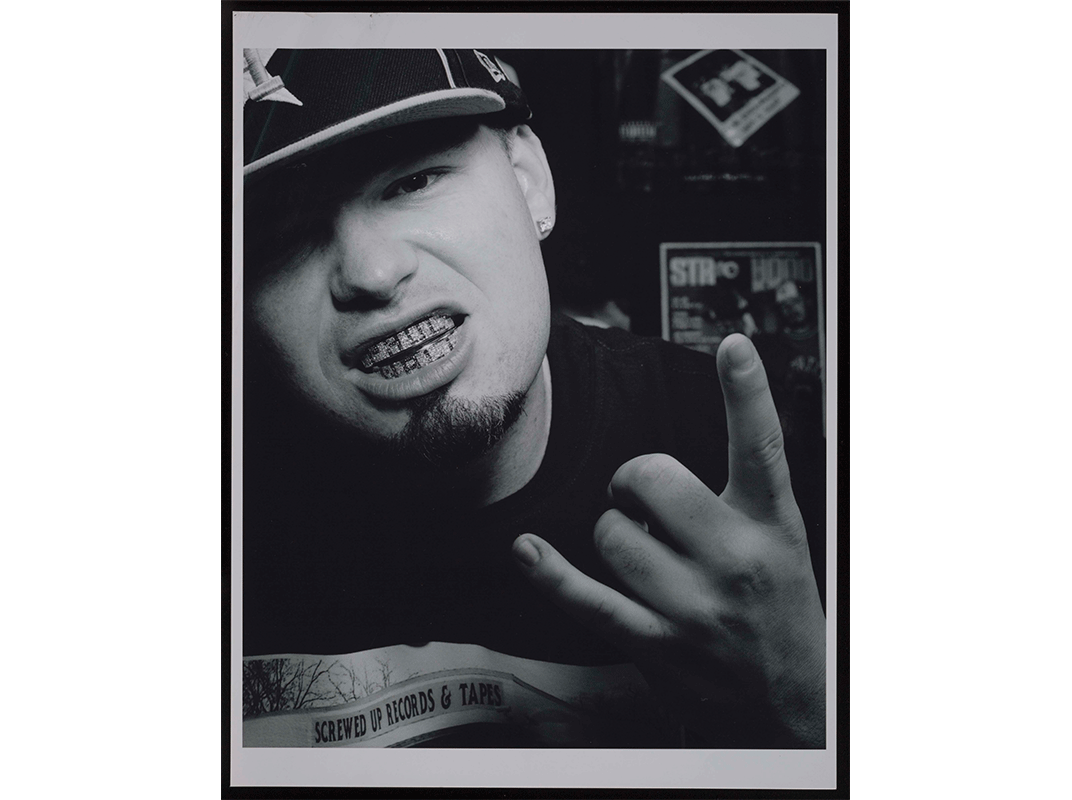
/https://tf-cmsv2-smithsonianmag-media.s3.amazonaws.com/filer/5d/74/5d7422c6-6568-4176-8aa7-83696e079326/420web.jpg)
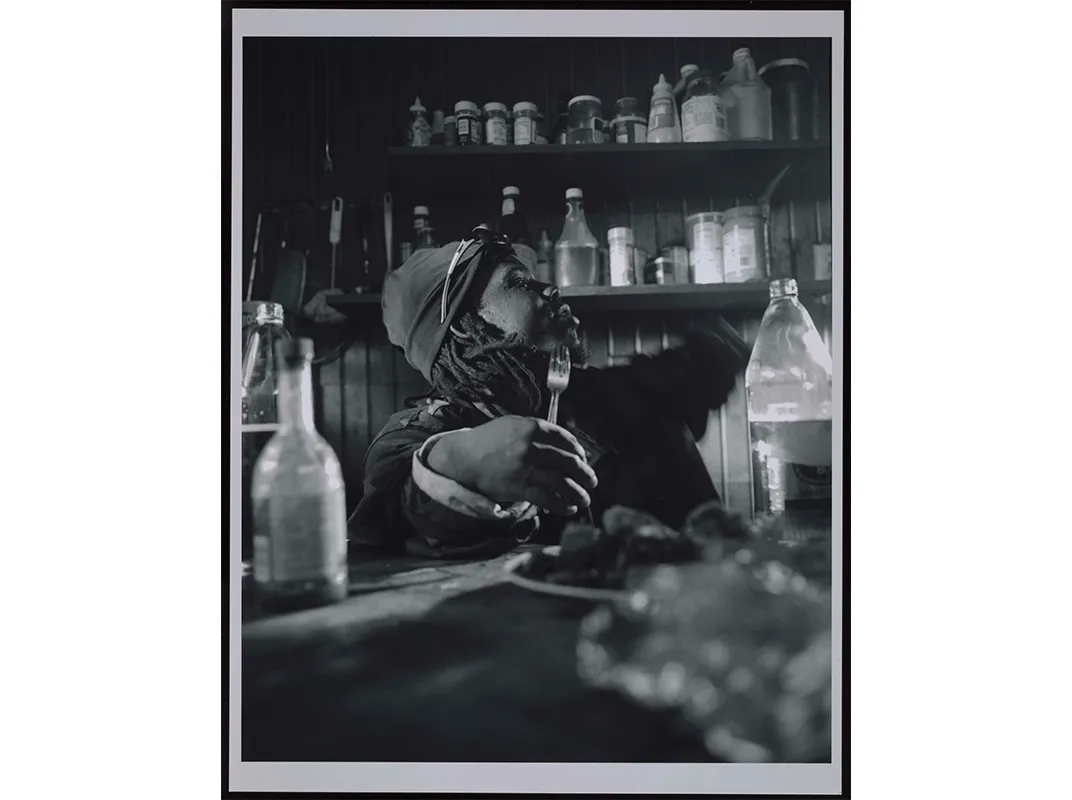
/https://tf-cmsv2-smithsonianmag-media.s3.amazonaws.com/filer/fd/8a/fd8a67ca-e62a-439d-8074-6d2850f58b72/400web.jpg)
/https://tf-cmsv2-smithsonianmag-media.s3.amazonaws.com/filer/ad/e8/ade8b5f5-37b0-470a-b303-2ab6949f56ad/403web.jpg)
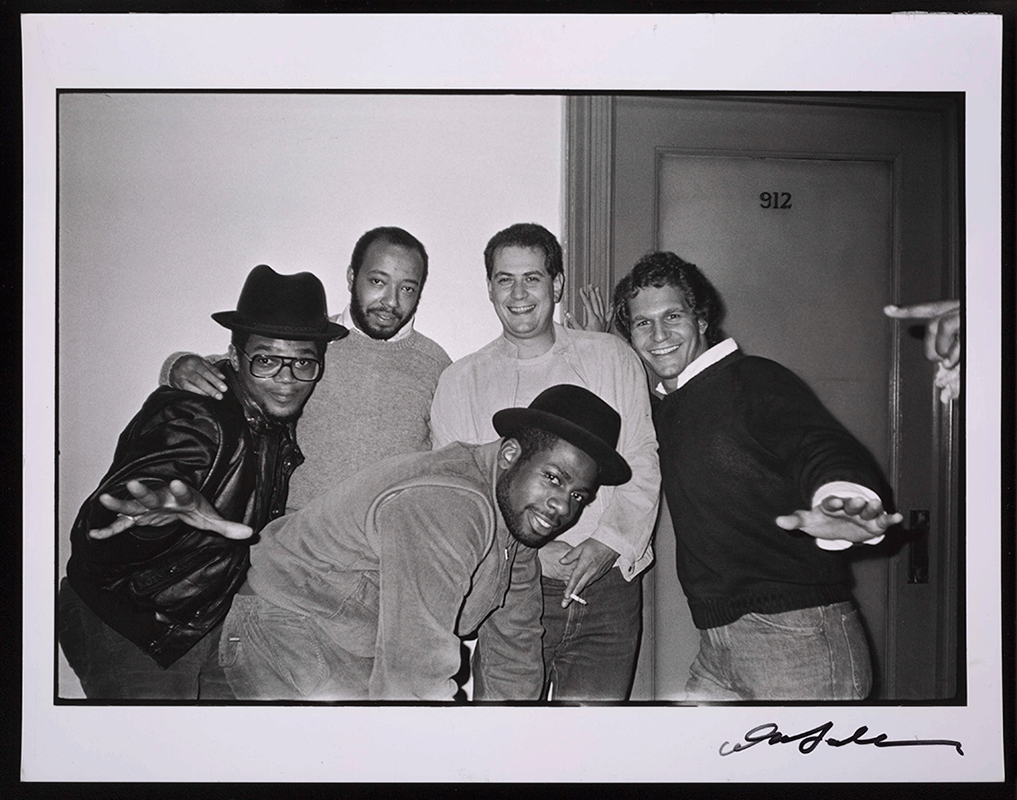
/https://tf-cmsv2-smithsonianmag-media.s3.amazonaws.com/filer/92/e0/92e0c152-9067-4b5b-b882-9ca749025504/387web.jpg)
/https://tf-cmsv2-smithsonianmag-media.s3.amazonaws.com/filer/48/62/4862ee62-be29-49ea-a38d-57d7bd49a6e1/374web.jpg)
/https://tf-cmsv2-smithsonianmag-media.s3.amazonaws.com/filer/5f/d9/5fd9db37-282d-4c63-b9b2-5c2ad4ad271f/368web.jpg)
/https://tf-cmsv2-smithsonianmag-media.s3.amazonaws.com/filer/90/95/90953a8d-3c14-40d9-a954-41a64af230f6/369web.jpg)
/https://tf-cmsv2-smithsonianmag-media.s3.amazonaws.com/filer/58/ee/58ee0703-26b4-46d9-bce0-3cd63350d1ba/366web.jpg)
/https://tf-cmsv2-smithsonianmag-media.s3.amazonaws.com/filer/44/bf/44bf1e43-bd16-4245-90d0-21cd23b35a4f/156web.jpg)
/https://tf-cmsv2-smithsonianmag-media.s3.amazonaws.com/filer/3a/44/3a44c977-e98b-4fea-9a0d-15bc79eef9a0/361web.jpg)
/https://tf-cmsv2-smithsonianmag-media.s3.amazonaws.com/filer/75/20/752086c7-abc7-40ec-a0a6-02970c4b2c67/341web.jpg)
/https://tf-cmsv2-smithsonianmag-media.s3.amazonaws.com/filer/75/18/75181375-c507-41c7-889a-02729c36841a/344web.jpg)
/https://tf-cmsv2-smithsonianmag-media.s3.amazonaws.com/filer/7b/3f/7b3fda87-a8ec-4abf-bd35-fff0e4e4b4f8/285web.jpg)
/https://tf-cmsv2-smithsonianmag-media.s3.amazonaws.com/filer/5a/7c/5a7c979a-775c-45cb-9779-742ae11102e8/321web.jpg)
/https://tf-cmsv2-smithsonianmag-media.s3.amazonaws.com/filer/e2/02/e20226d4-827d-4fc6-93a0-3f86bc660a9f/288web.jpg)
/https://tf-cmsv2-smithsonianmag-media.s3.amazonaws.com/filer/d5/32/d5321a70-cd52-4131-b1b4-86e397a3af60/310web.jpg)
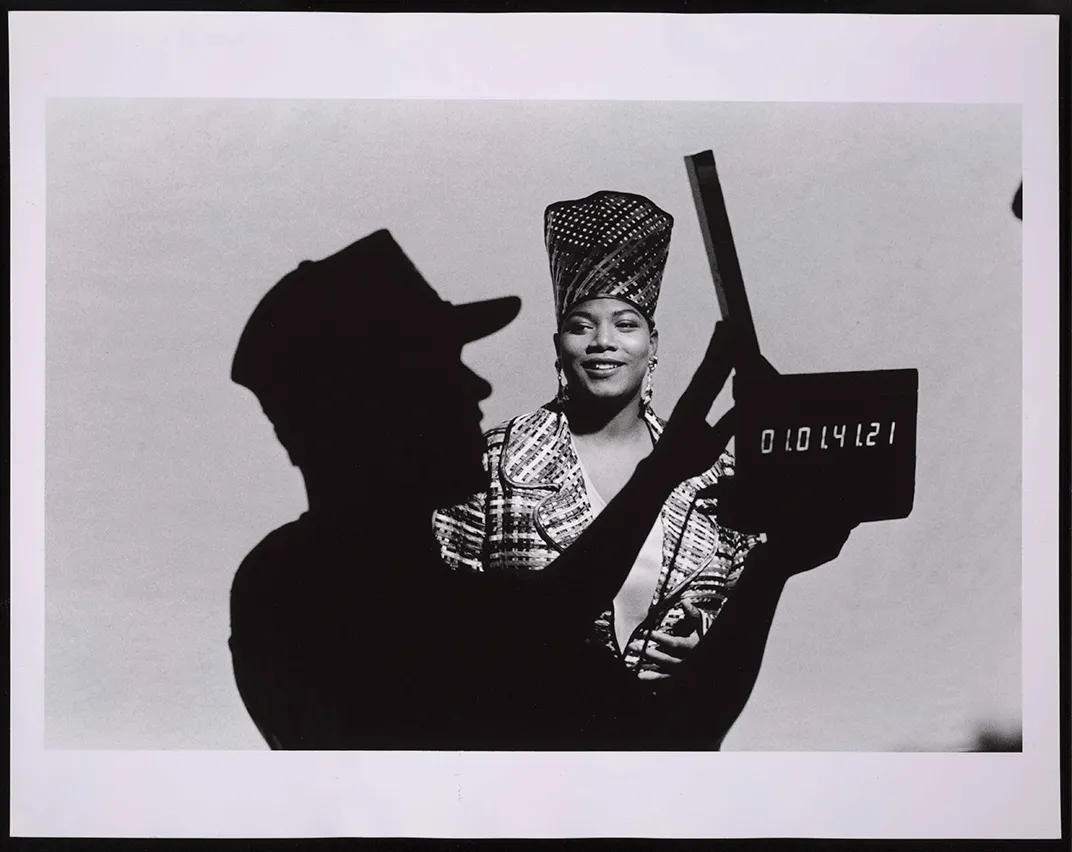
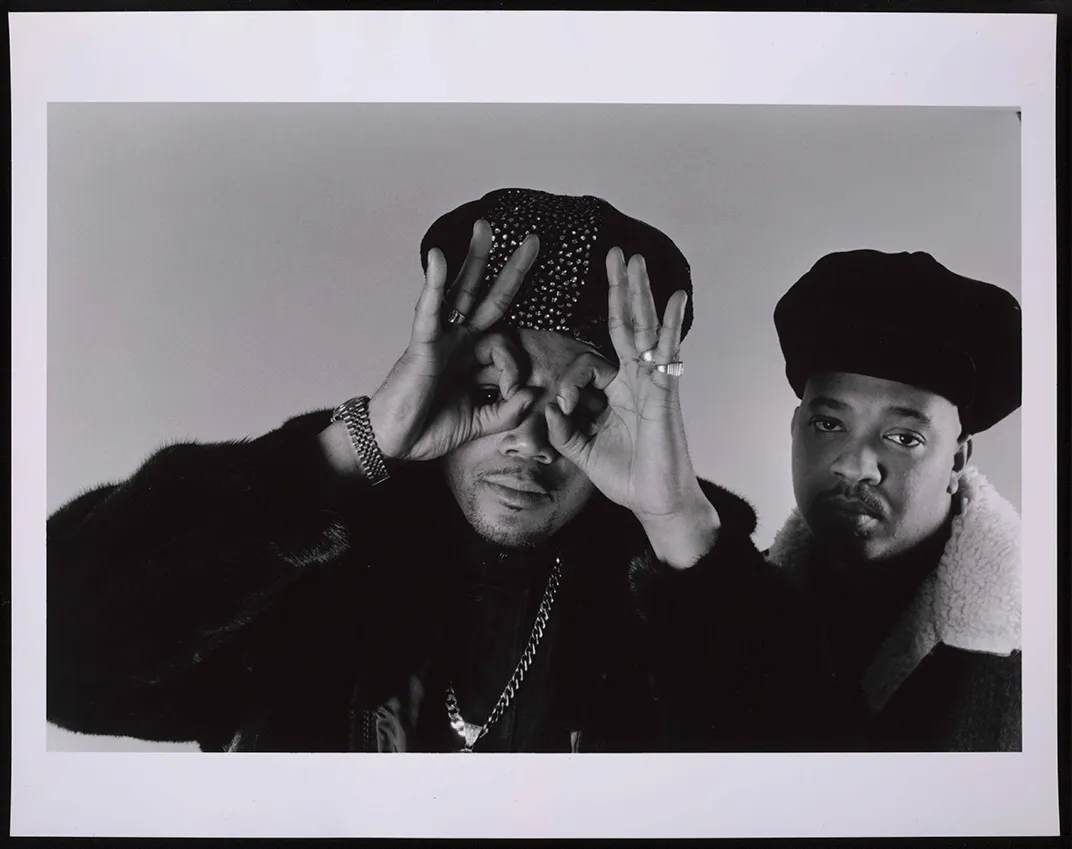
/https://tf-cmsv2-smithsonianmag-media.s3.amazonaws.com/filer/25/9e/259ef600-6140-498b-83c9-b0edaf003de7/277web.jpg)
/https://tf-cmsv2-smithsonianmag-media.s3.amazonaws.com/filer/25/43/2543f4ef-1a7b-45fc-ab43-cdead4185a67/65web.jpg)
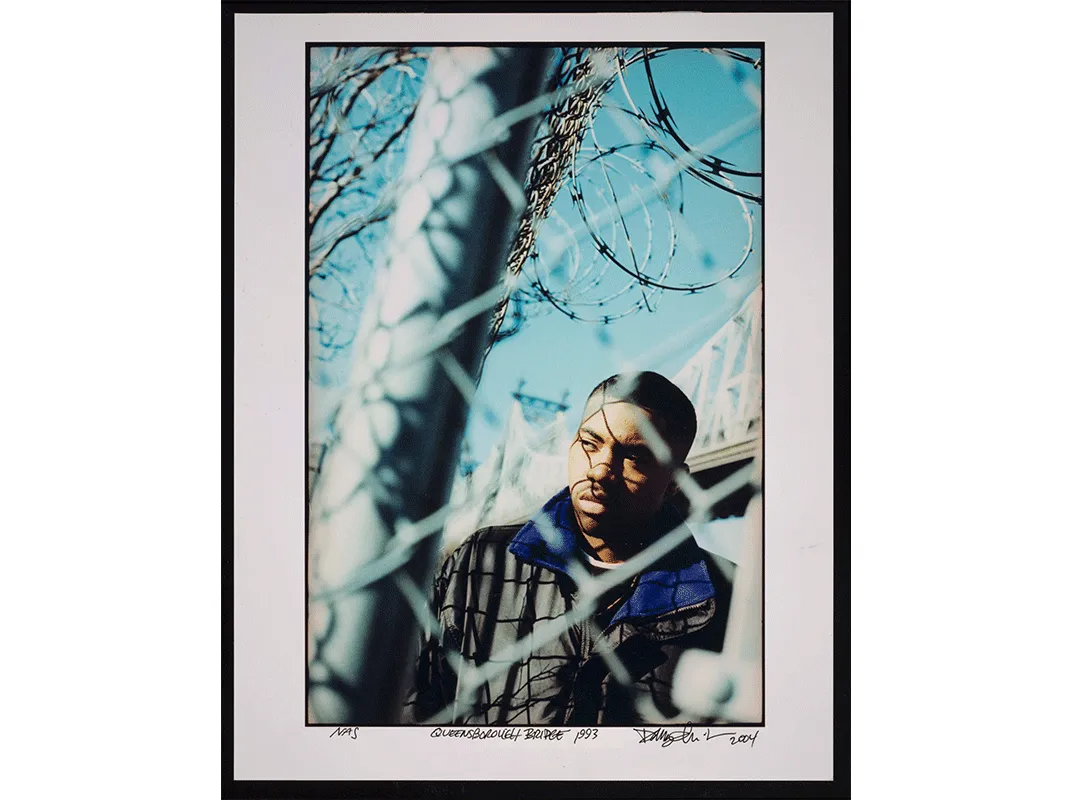
/https://tf-cmsv2-smithsonianmag-media.s3.amazonaws.com/accounts/headshot/DSC_0154.JPG.jpeg)